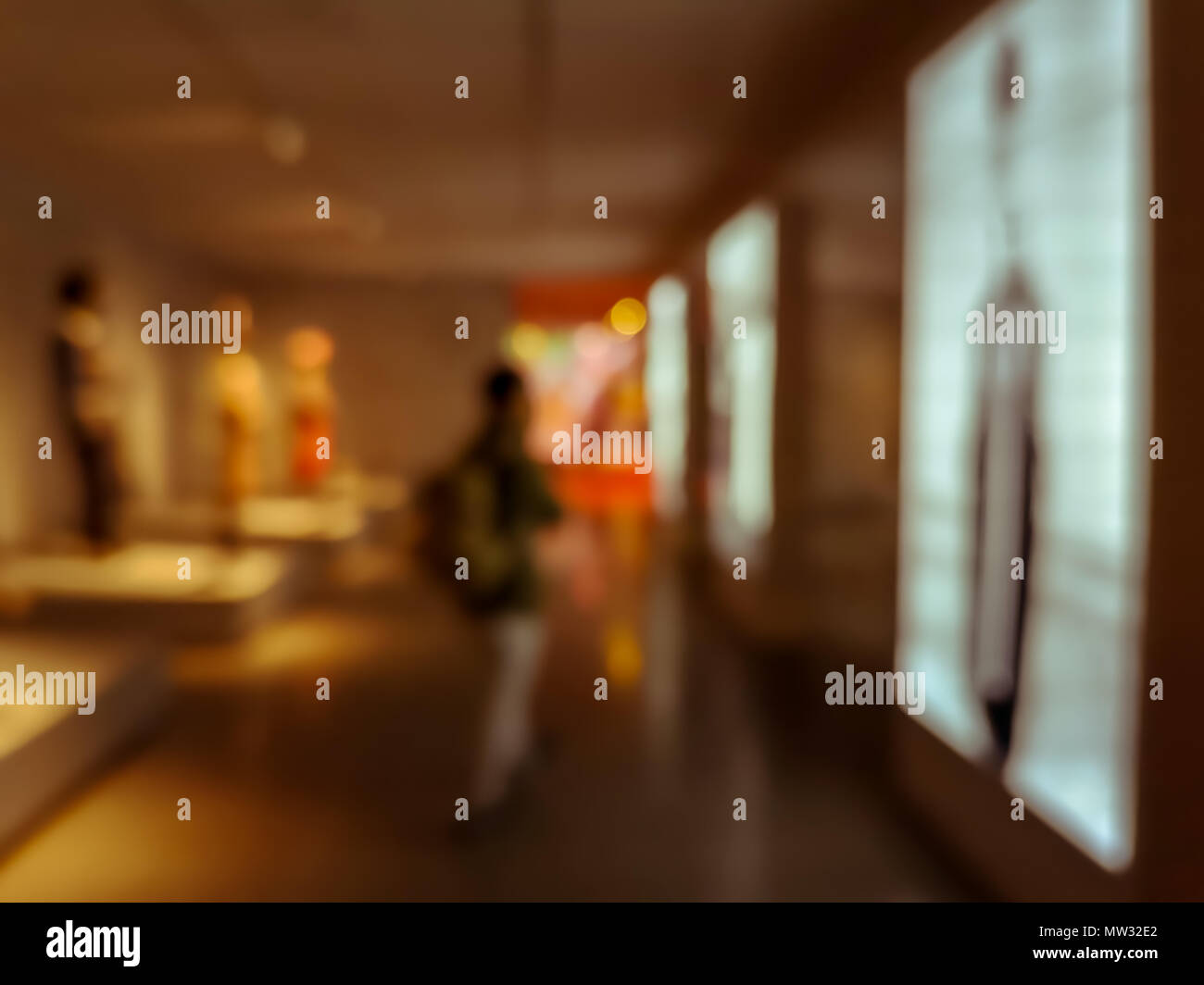
Rolleiflexes, Rolleicords and a few other TLRs provide automatic parallax compensation over the entire focusing range, using an ingenious moving frame under the focusing screen that shifts vertically as you focus. With a TLR, parallax (the difference between what the viewing lens shows and the taking lens captures) increases as you focus closer and becomes really problematic at distances closer than about five feet.
#Film bokeh museum plus
On the plus side, the TLR’s viewing image remains bright and visible before, during, and after exposure, and the lack of a flipping mirror combined with an inter-lens leaf shutter means you can handhold a typical TLR at 1/30 or even 1/15 sec and still capture crisp images. On some models you can achieve right-way-round viewing by detaching the waist-level finder and mounting an eyelevel pentaprism or porroprism finder, but they’re heavy, bulky, often expensive, and the latter decrease viewing brightness. Image shot with the Rolleiflex Automat MX EVS and 75mm f/3.5 Tessar lens. For that you can use the frame-type sports finder built into their focusing hoods, but then you have to estimate shooting distances.

This makes it easier to shoot pictures of people on the street without attracting their attention, but it’s not so great for tracking subjects that move across the frame. They all feature folding waist-level viewfinders, which means the viewing/focusing image is laterally reversed and you have to look down into the finder while composing the picture. I adore classic 2-1/4 twin-lens reflexes because they pack a lot of picture-taking prowess into compact, well-balanced nicely integrated packages. Vintage Medium Format TLRs and SLRs: Assets & Liabilities Read more about my top three go-to classics and see images I shot with them below. I love them all, especially my three favorite vintage cameras, which I showcase in this story. I load my black-and-white emulsions into an impressive assortment of vintage of 35mm SLRs and rangefinder cameras, dozens of medium format marvels ranging from rangefinder folders to SLRs, and I confess, a veritable museum collection of German Japanese, and (yes!) American-made twin lens reflexes. As for the other 40%, I shoot black and white and I’m a dyed-in-the-wool film guy.

But I love digital cameras and the amazing things they can do, and I use them exclusively when shooting in color, which comprises about 60% of my work. I confess to being a cantankerous old coot who cut his photographic eyeteeth deep in the analog era. The author with his beloved Rolleiflex Automat MX EVS.


 0 kommentar(er)
0 kommentar(er)
